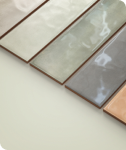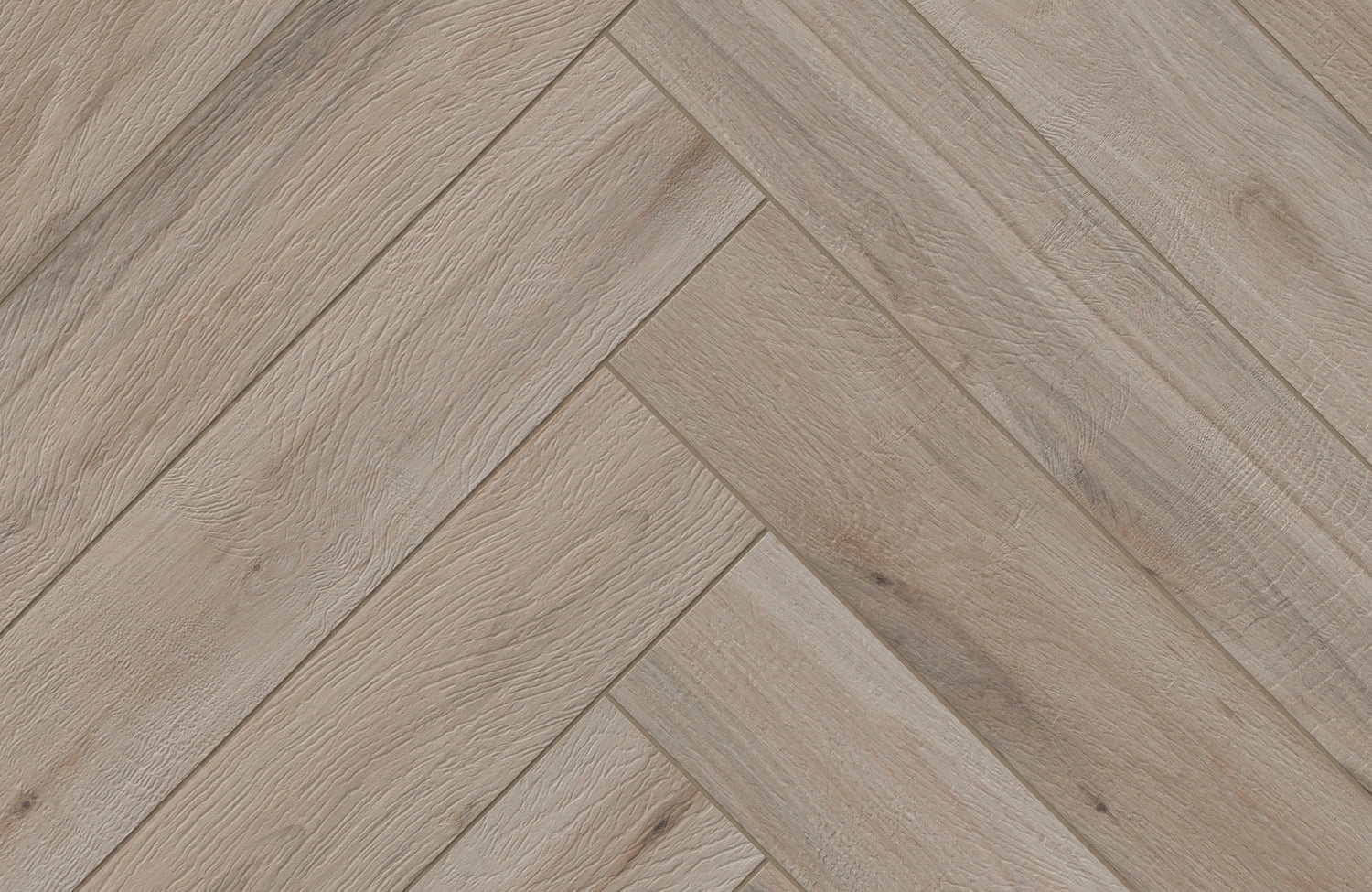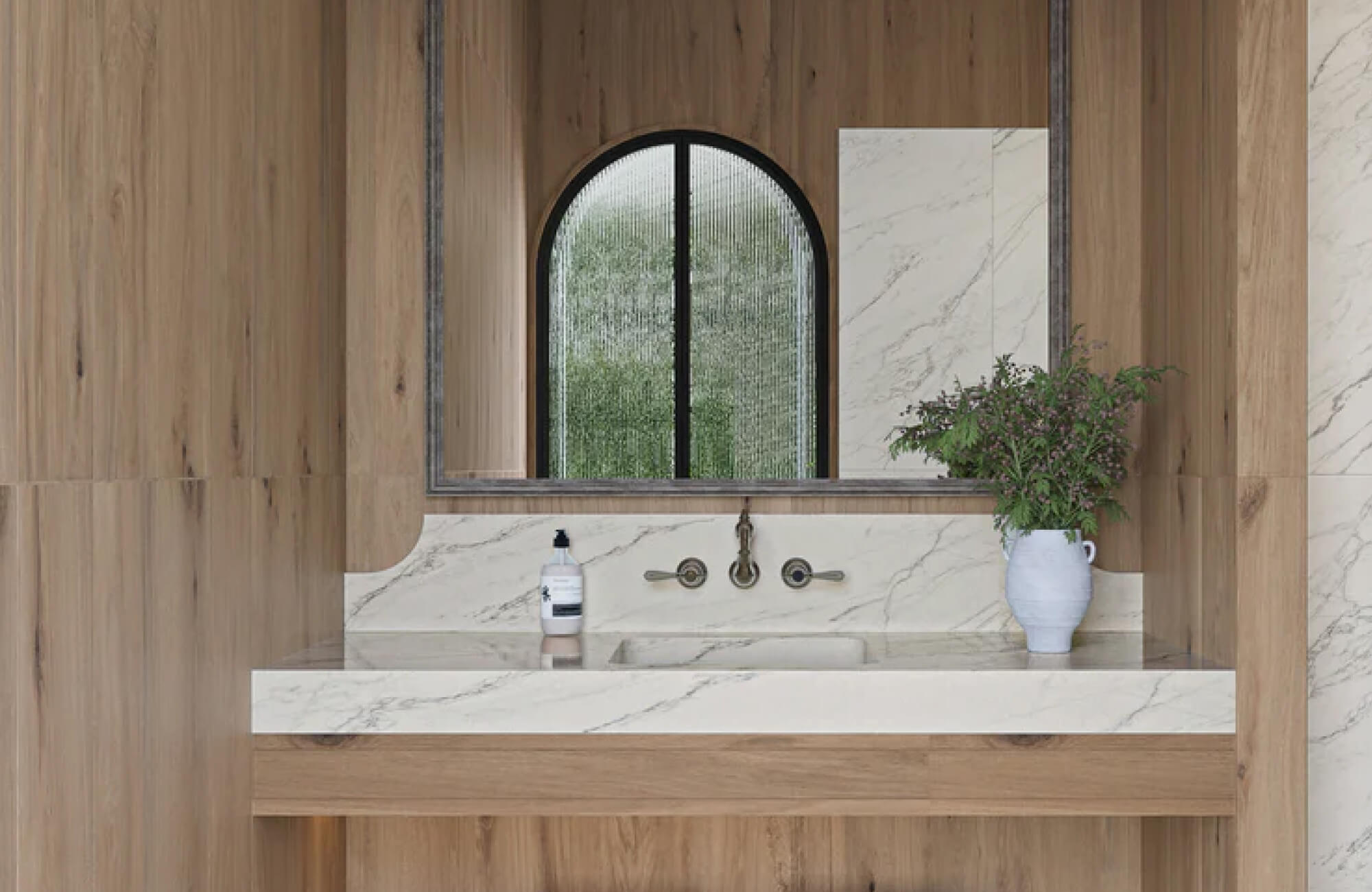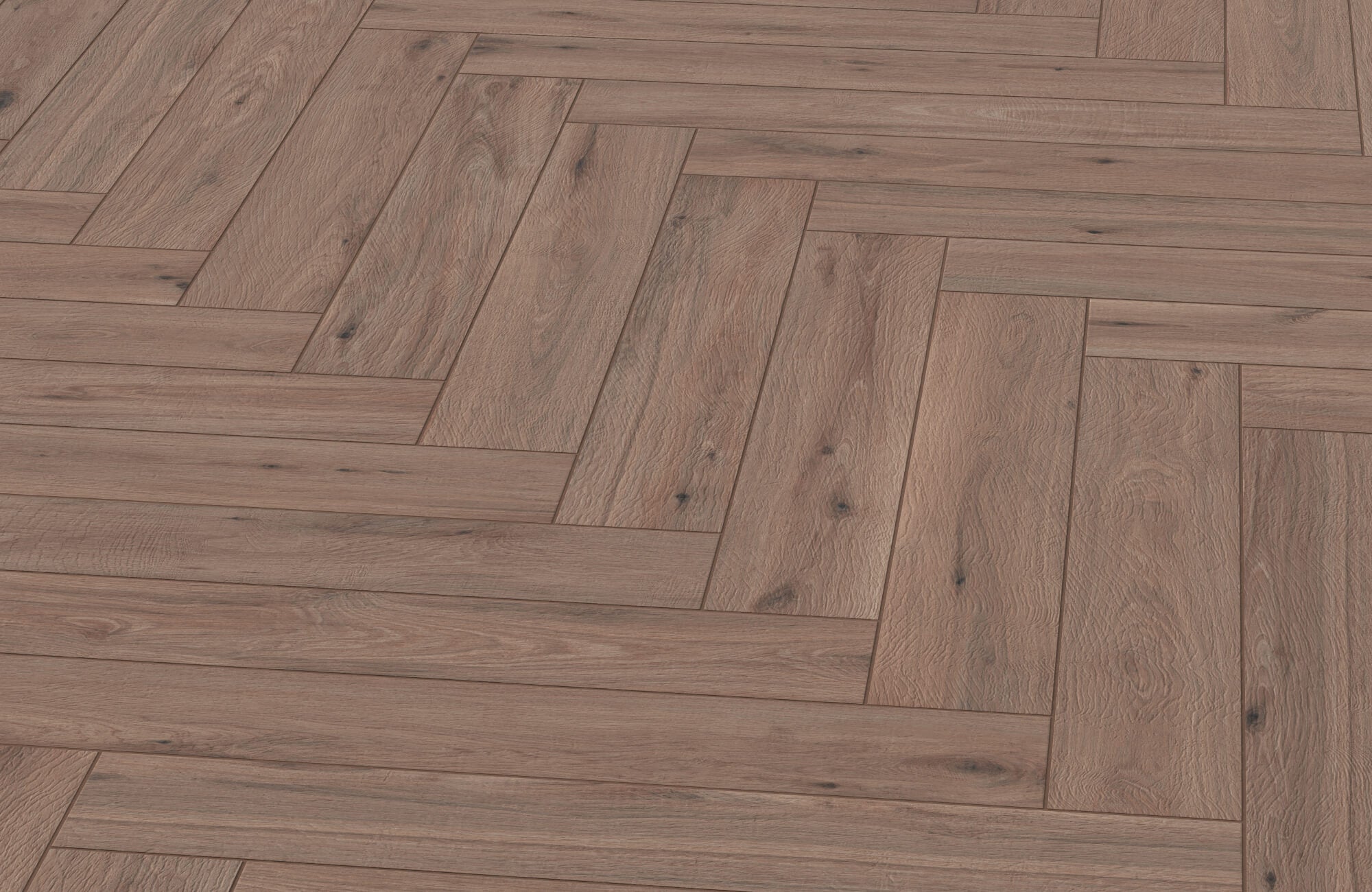Wood-look tiles have become a popular choice in modern interior design, fusing the timeless beauty of natural wood with the durability of tiles. These tiles are not only renowned for their aesthetic versatility, but they also blend seamlessly into a wide range of design styles, from sleek contemporary spaces to cozy rustic retreats.
Choosing the right grout color is just as important as choosing the right tiles because it affects both design and functionality. In this guide, we'll look at how grout color can transform your wood-look tiles and easily meet your practical needs, as well as provide a quick guide to a successful grout installation.
The Role of Grout in Tile Design
Grout is the material that fills the gaps between tiles, ensuring structural stability and preventing moisture or debris from seeping underneath. Typically made from a mix of cement, sand, or epoxy for better durability, grout plays a critical role in maintaining the longevity of tile installations. Beyond its practical function, grout also serves as a design element, allowing you to subtly accent or boldly contrast the appearance of your tiles depending on the color you choose.
The right grout color can completely transform the appearance of wood-look tiles, either by blending seamlessly to create a unified design or by emphasizing the tile layout for a more dramatic effect. Darker grout colors are best for concealing stains and wear, whereas lighter shades can brighten a room but may require more upkeep to maintain their appearance. It is also critical to consider the grout material and sealing requirements, as unsealed grout will discolor over time. By carefully selecting the grout color and type, you can improve the aesthetic and functional qualities of your tile installation.
Key Factors for Choosing the Right Grout Color
As previously highlighted, choosing the right grout color is important for creating a harmonious and functional design with wood-look tiles. You need to think of factors such as tile color, room design, and maintenance needs, to make a choice that balances both style and practicality.
Tile Color and Style
The style and color of your tiles are important considerations when deciding on grout. For a seamless look, use grout that closely matches the tones of your wood-look tiles, such as beige for lighter finishes or taupe for darker hues. If you want to highlight your tile pattern, use contrasting grout, such as charcoal against lighter tiles, to create a striking visual depth. However, high-contrast grout lines can highlight uneven spacing, so professional installation is essential for the best results.
Room Size, Lighting, and Design Style
The color of the grout can also have a significant impact on how large and bright a room appears. In smaller or dimly lit areas, lighter grout shades reflect more light, making the space feel brighter and more open. In larger spaces, however, darker grout tones can produce a grounded, cohesive effect. To achieve a unified look, match your grout color to the room's overall decor—warm tones for rustic interiors, and cooler shades for contemporary settings.
Maintenance and Longevity
Maintenance considerations should influence your grout choice as well. Darker grout colors, such as gray or brown, effectively hide stains and dirt, making them ideal for areas with frequent visitors like kitchens and hallways. Lighter grout, on the other hand, can brighten a space but may require more frequent cleaning to keep it looking fresh. Always check if your grout type requires sealing, as unsealed grout is more likely to discolor over time. By considering these factors, you can select a grout color that will extend the life of your tiles while complementing your design.
Popular Grout Colors for Wood-Look Tiles
Now that we’ve established the significant role grout color plays in defining the final look of wood-look tile installations, we’ve listed below trendy grout colors you can explore for your overall design. From subtle neutrals to bold contrasts, grout can either complement the natural tones of the tiles or create eye-catching patterns.
Neutral Grout Colors
Neutral grout colors, such as beige, taupe, and gray, are versatile options that effortlessly complement the earthy tones of wood-look tiles. Beige and taupe provide a subtle, seamless look, ideal for creating a warm and inviting space, while gray grout offers a modern yet understated appeal, particularly for tiles in cooler tones like ash or driftwood. These neutral shades are perfect for those seeking a balanced aesthetic that enhances the natural wood grain without drawing too much attention to the grout lines.
Contrasting Grout Colors
To create a more dramatic effect, use contrasting grout colors to emphasize the layout and patterns of your wood-look tiles. Dark grout, such as charcoal or black, gives each tile a distinct visual outline, emphasizing its shape and patterns. Light grout, such as white or cream, can brighten and contrast darker wood-look tiles, resulting in a crisp, defined appearance. However, contrasting grout is best used for professional installations because it can highlight any irregularities in tile spacing.
Custom Colors for Unique Design
If you're looking to make a bold statement, custom grout colors offer endless opportunities to personalize your space. Vibrant hues like blue, green, or even metallic shades can add unexpected character and flair to your wood-look tiles. These unconventional colors work well in eclectic or contemporary spaces, helping to tie the grout into other design elements like accent walls or furnishings. Just keep in mind that bolder grout colors may require extra care to maintain their vibrancy over time, making sealing and regular cleaning important considerations.
If you want to see how the right wood-look grout color can transform your space, use our augmented reality (AR) tool to view different colors and finishes in real-time. It's a great way to test out different options and see how each tile choice affects your interior design before making a final decision.

Practical Tips for Choosing Grout Color
Choosing the right grout color is a combination of creativity and practicality, which requires careful consideration of both design and function. Testing with tile samples, proper sealing, and seeking professional guidance are key steps to ensure your grout selection enhances your space effectively.
Testing with Tile Samples
Using tile and grout samples is one of the most effective ways to visualize the finished look before making a commitment. You can place sample tiles and grout options in your space's actual lighting conditions to see how colors interact. This approach helps you avoid surprises, such as grout that appears darker or lighter than expected after installation. If you're thinking about using a bold or custom grout color, now is a great time to experiment with different combinations.
Sealing and Protecting Grout
Proper sealing is critical for preserving the appearance and durability of your grout. Sealed grout is resistant to stains, discoloration, and moisture, making it ideal for kitchens and bathrooms. While darker grout naturally conceals dirt, sealing is crucial for lighter colors to prevent stains and preserve their fresh look. Routine upkeep, including periodic resealing and gentle cleaning with non-abrasive products, ensures your grout stays protected and visually appealing for years.
Professional Guidance
Seeking professional advice can help you simplify the grout selection process and achieve the best results. Tile experts or designers can advise on how grout color will interact with your specific tile selection, lighting, and room decor. They can also recommend high-quality materials, such as stain-resistant or pre-mixed grout, based on your specific requirements. Consultation with a professional is especially beneficial for unique designs or difficult installations, as it can help you avoid costly mistakes and achieve a flawless finish.

A Step-by-Step Guide to Successful Grouting
Proper grouting is essential for the longevity and appearance of wood-look tiles. Following this step-by-step process will give you a polished finish that complements your tile design. From preparation to maintenance, each stage is critical to achieving long-term results. To ensure the best outcome, always refer to the manufacturer's guidelines for specific grout types and application methods.
Preparation
Gathering the necessary tools and prepping the surface are the first steps in successful grouting. A grout float, sponge, mixing bucket, and rubber gloves are all required, as well as materials such as premixed grout or powdered grout and sealant. Before grouting, make sure that your wood-look tiles are firmly adhered and the gaps between them are clean and dry. It’s also important to choose the correct type of grout—such as sanded for wider gaps or unsanded for tighter joints—based on the tile installation.
Application Techniques
Applying grout evenly is essential for achieving a professional finish. To start, spread the grout diagonally across the tile joints, pressing it firmly into the gaps using a grout float. Next, remove excess grout from the tile surface by holding the float at a 45-degree angle, and follow up by wiping the tiles clean with a damp sponge to prevent hazing. Additionally, working in small sections ensures even coverage and prevents the grout from drying too quickly. With patience and attention to detail, this step will result in a polished and uniform appearance.
Finishing Touches and Maintenance
After the grout has dried, seal it to protect against moisture, stains, and discoloration. Use a high-quality grout sealant designed for your specific grout type, and reapply it as directed by the manufacturer. Regular maintenance, such as gentle cleaning with non-abrasive products, helps to keep the grout looking good and functional. With proper care, the grout will last for years while complementing the beauty of your wood-look tiles.
Selecting the Right Grout Color
Selecting the appropriate grout color is an important step in improving the appearance and functionality of your wood-look tiles. Neutral tones such as beige, taupe, and gray exude subtle elegance, whereas contrasting or custom colors can make a strong design statement. Practical considerations such as room lighting, tile color, and maintenance requirements should always influence your decision to ensure both style and durability.
Testing grout samples with your tiles in the actual space can also help you visualize the end result and make better decisions. Whether you prefer smooth transitions or bold contrasts, thoughtfully chosen grout can elevate your tile installation and bring your vision to life. For any questions or personalized guidance, don’t hesitate to contact us! Our team is here to assist you through each step of your wood-look tile selection and installation, helping you achieve the ideal style and durability for your space.










